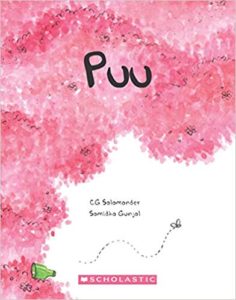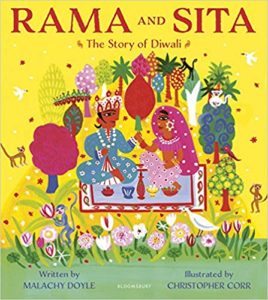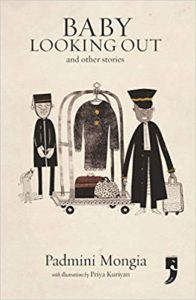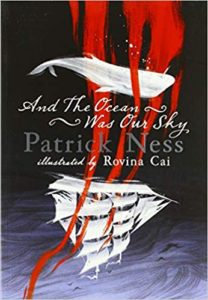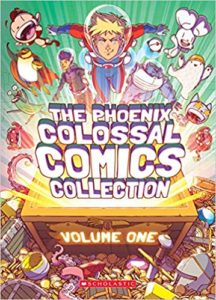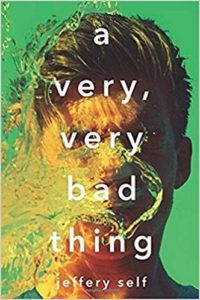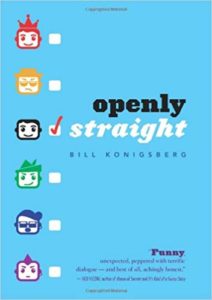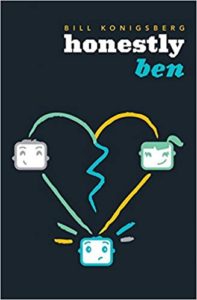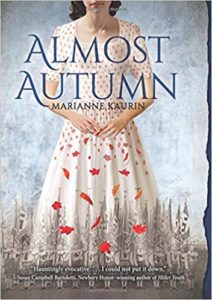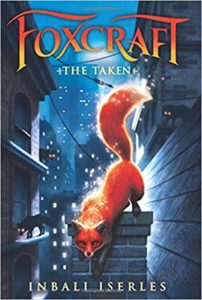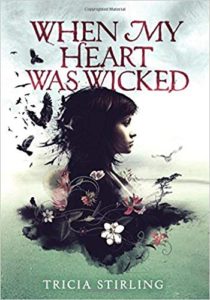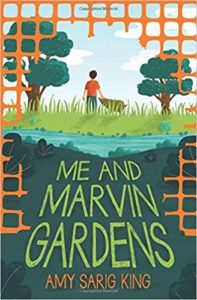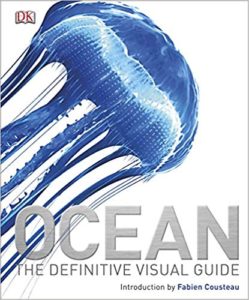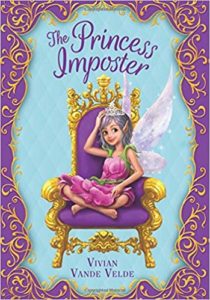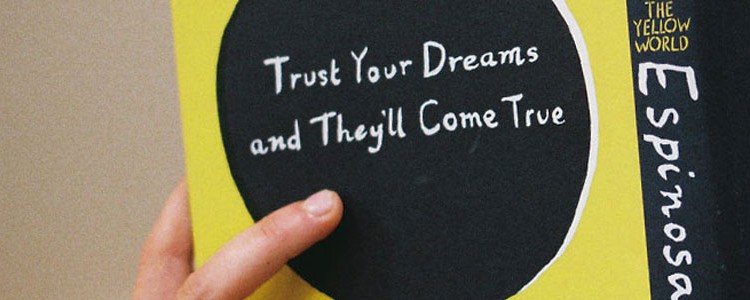A longer version of this article called “What I learned about grieving and how to explain sad rituals to children” was published on my TOI blog called Bibliobibuli .
A few weeks ago my maternal grandmother, my Nani, passed away. She was the last of my four grandparents and the great-grandmother with whom I grew up. My grandparents and great grandmother were a part of my life. They were also for me examples of living history, my very real connection with the past, to a period of history that stretched as far back to the nineteenth century. Now all of a sudden with Nani’s passing it is gone. All our lives Nani had been an anchor for my brother and me. She was always there for us when we were children and later for our children, her great-grandchildren. If I am feeling bereft you can imagine how the great-granddaughters are feeling.
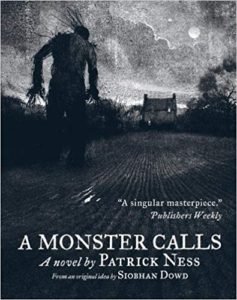 They have been trying to come to terms with their grief, not quite aware that they are also mourning their Badi Nani. Whether it is their physical reaction or the conversations with the children, both experiences have been spectacular. In terms of the physical absence of their great-grandmother the children are trying to relate it to the recent past. Upon being told that Badi Nani had gone to another place, the youngest child wanted to know why she went when she — this grandchild–had quite regularly given Badi Nani juice. It is incomprehensible for little children that one moment a person exists and next moment vanishes. My eight-year-old daughter Sarah cannot understand why Badi Nani’s bedroom is being cleaned pretty thoroughly. She does not realise tthat it is not only a practical way of disinfecting the room but it is also a ritual that helps the grieving adults to come to terms with the devastating loss. All that my child is concerned about is “but Badi Nani’s special smell will go away from the clothes in her cupboard!” (How do children figure these things out beats me?!)
They have been trying to come to terms with their grief, not quite aware that they are also mourning their Badi Nani. Whether it is their physical reaction or the conversations with the children, both experiences have been spectacular. In terms of the physical absence of their great-grandmother the children are trying to relate it to the recent past. Upon being told that Badi Nani had gone to another place, the youngest child wanted to know why she went when she — this grandchild–had quite regularly given Badi Nani juice. It is incomprehensible for little children that one moment a person exists and next moment vanishes. My eight-year-old daughter Sarah cannot understand why Badi Nani’s bedroom is being cleaned pretty thoroughly. She does not realise tthat it is not only a practical way of disinfecting the room but it is also a ritual that helps the grieving adults to come to terms with the devastating loss. All that my child is concerned about is “but Badi Nani’s special smell will go away from the clothes in her cupboard!” (How do children figure these things out beats me?!)
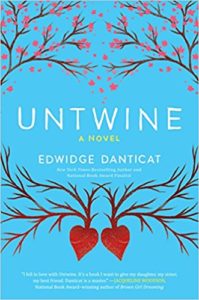
When we got home after cremating my Nani, my eight-year-old daughter Sarah was curious about what happened to Badi Nani. She is still too young to process the 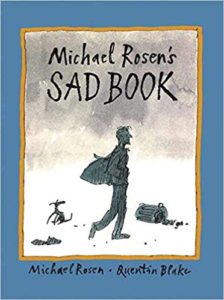 passing away of an individual or even internalise the philosophical concept of mortality and death. Oddly enough the child was restless for most of the night. Early in the morning, around 1am, I had to take her to the swings in the playground. While swinging she suddenly remarked pointing to the night sky shining with stars, “There is Badi Nani. She is the brightest star shining golden in the sky.” Then she was ready for bed and slept deeply till late morning. It was as if she had completed a circle with her great-grandmother.
passing away of an individual or even internalise the philosophical concept of mortality and death. Oddly enough the child was restless for most of the night. Early in the morning, around 1am, I had to take her to the swings in the playground. While swinging she suddenly remarked pointing to the night sky shining with stars, “There is Badi Nani. She is the brightest star shining golden in the sky.” Then she was ready for bed and slept deeply till late morning. It was as if she had completed a circle with her great-grandmother.
The following day was the burial of the ashes. Sarah decided to make a card to bury along with the ashes. The card was in shades of bright yellow as Sarah knew that yellow was Badi Nani’s favourite colour. Then of her own accord she added her postal address on it “in case Badi Nani wanted to visit her” and signed it “your loving great-granddaughter”. The reality of the ashes and visiting great-granddaughter later in life was one big mush in my daughter’s head but this slice of magic realism gave the child peace. Astonishing how children negotiate reality!
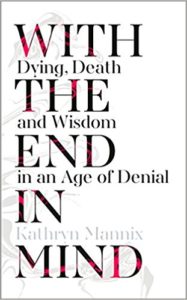 While pondering over these sad days I thought of the books that have stayed with me regarding grief upon losing a dear one or even how to broach the subject of death. Of course this year’s absolutely marvellous publication is Dr Kathryn Mannix’s We Lost the Art of Talking of Death. In it she shares case studies from her many decades of experience in palliative care. It is a stunning book that everyone should read even if it gets a little difficult to do so at times, but it is very sensitively told. From this attitude towards death as well as nuggets of information can be gleaned to share with the younger children in the
While pondering over these sad days I thought of the books that have stayed with me regarding grief upon losing a dear one or even how to broach the subject of death. Of course this year’s absolutely marvellous publication is Dr Kathryn Mannix’s We Lost the Art of Talking of Death. In it she shares case studies from her many decades of experience in palliative care. It is a stunning book that everyone should read even if it gets a little difficult to do so at times, but it is very sensitively told. From this attitude towards death as well as nuggets of information can be gleaned to share with the younger children in the 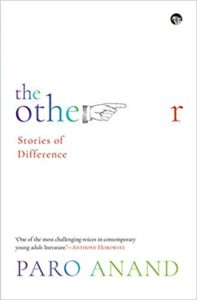 family immediately after a bereavement. In children’s literature, some equally memorable fiction are Patrick Ness’s dark but very moving Monster Calls about a boy who is trying come to terms with his dying mother and is kept company by a monster who tells him stories. Sahitya Akademi award winner Paro Anand’s short story “grief (is a beast)” in her latest anthology of short stories for young adults called The Other: Stories of Difference is about the young narrator coming to terms with grief at losing a parent and realising “Grief is a beast
family immediately after a bereavement. In children’s literature, some equally memorable fiction are Patrick Ness’s dark but very moving Monster Calls about a boy who is trying come to terms with his dying mother and is kept company by a monster who tells him stories. Sahitya Akademi award winner Paro Anand’s short story “grief (is a beast)” in her latest anthology of short stories for young adults called The Other: Stories of Difference is about the young narrator coming to terms with grief at losing a parent and realising “Grief is a beast 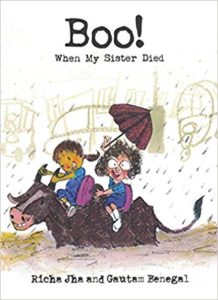 which feeds off silence. The more you keep inside, the more you feed the beast.” Haitian-American novelist Edwidge Danticat’s young adult novel Untwine is about Giselle who has to learn to untwine herself from sharing her life with her identical twin Isabelle after the latter’s death in an accident. British poet and storyteller Michael Rosen’s moving picture book written upon the death of his son — Sad Book. More recently Indian publisher and writer Richa Jha’s sensitively told picture book Boo! When My Sister Died is about a sibling and her family coming to terms with the loss of the sister. Australian children’s writer Ken
which feeds off silence. The more you keep inside, the more you feed the beast.” Haitian-American novelist Edwidge Danticat’s young adult novel Untwine is about Giselle who has to learn to untwine herself from sharing her life with her identical twin Isabelle after the latter’s death in an accident. British poet and storyteller Michael Rosen’s moving picture book written upon the death of his son — Sad Book. More recently Indian publisher and writer Richa Jha’s sensitively told picture book Boo! When My Sister Died is about a sibling and her family coming to terms with the loss of the sister. Australian children’s writer Ken 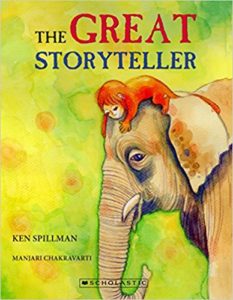 Spillman’s is an exquisite picture book The Great Storyteller about the grief at the passing of a wise and great storyteller, the elephant, which leaves his friends in the forest devastated. For a while they are incapable of doing anything except to mourn his passing by sharing memories and participating in what can be considered one long wake.
Spillman’s is an exquisite picture book The Great Storyteller about the grief at the passing of a wise and great storyteller, the elephant, which leaves his friends in the forest devastated. For a while they are incapable of doing anything except to mourn his passing by sharing memories and participating in what can be considered one long wake.
‘When we lost The Great Storyteller, we lost his stories. Every story gives us a new beginning. Each story took us on a fantastic journey. Our imagination made them real.’
Slowly they realise that the pain at losing a friend will always exist but with time it will dull. More importantly they can make their own stories and “imagine colourful worlds”. Laughter and cheer returns to the forest being aware that the treasured memory of a beloved companion will never fade even though there is a physical absence of the individual. It is a beautiful book in introducing the concept of death, the accompanying grief and the healing process to children.
In many cultures there are distinct rituals for death which usually help the grieving family come to terms with the loss. More often than not children are shielded from the event by being whisked away during the funeral. Later by way of an explanation for the physical absence of the individual, a simple story is trotted out for the children. The beauty is that the story usually works effectively! So I am curious to know about more the stories, whether folktales, poetry or books, that deal with explaining death to the young.
Do write and share your stories!
25 August 2018
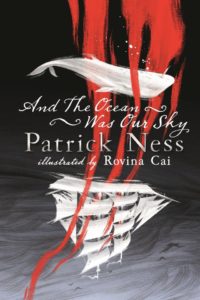 Award-winning writer Patrick Ness’s latest novel is a retelling of Moby Dick and it is called And The Ocean Was Our Sky. It is a tale about Bathsheba, an apprentice whale, who lives in her all-female pod, led by the wise and much experienced Captain Alexandra. It begins with the opening line “Call Me Bathsheba” echoing the legendary opening of Moby Dick “Call me Ishmael”. It is a slim novella acconpanied by Australian illustrator Rovina Cai’s stunning illustrations.
Award-winning writer Patrick Ness’s latest novel is a retelling of Moby Dick and it is called And The Ocean Was Our Sky. It is a tale about Bathsheba, an apprentice whale, who lives in her all-female pod, led by the wise and much experienced Captain Alexandra. It begins with the opening line “Call Me Bathsheba” echoing the legendary opening of Moby Dick “Call me Ishmael”. It is a slim novella acconpanied by Australian illustrator Rovina Cai’s stunning illustrations.
